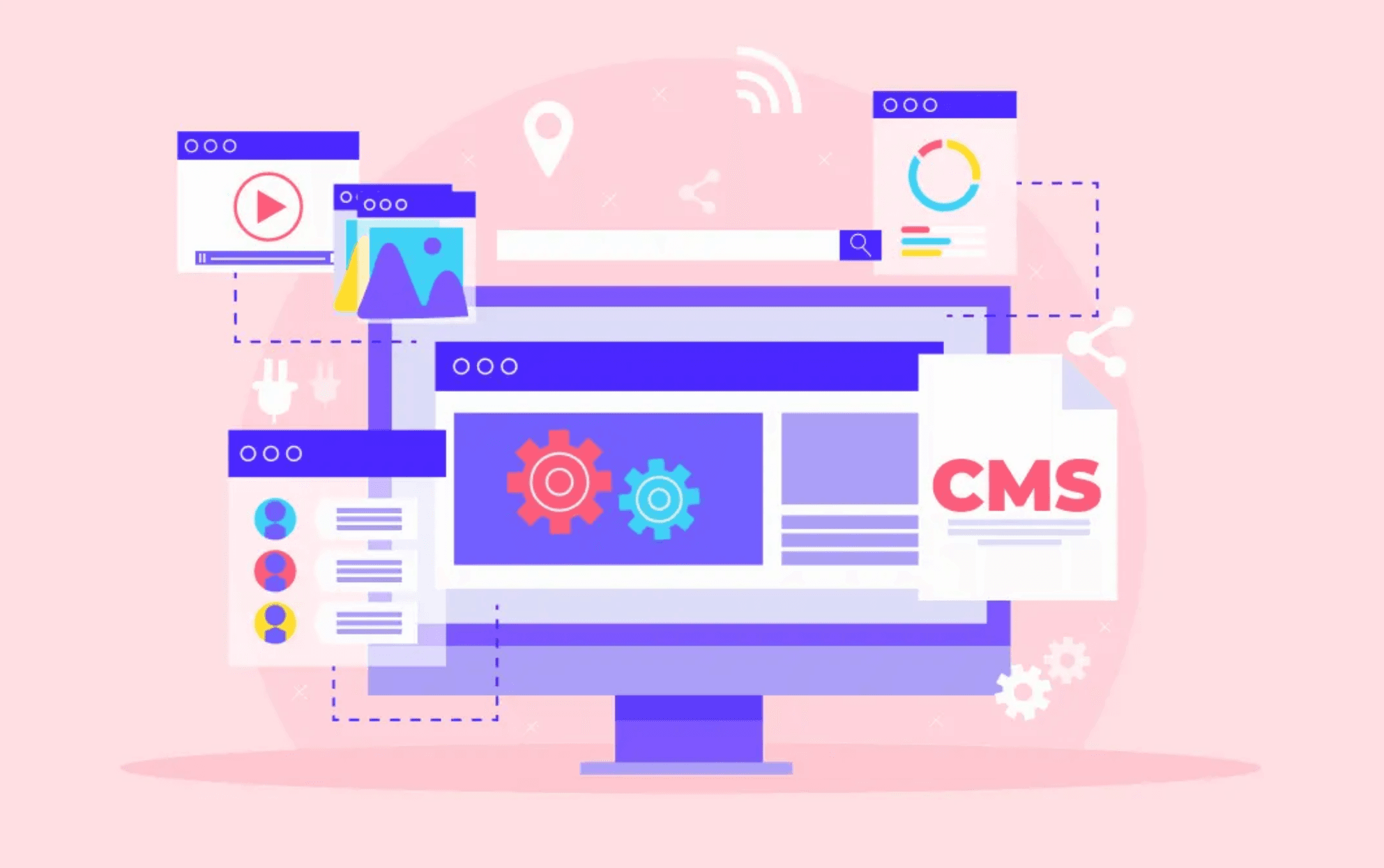Headless CMS : The Future of Web Development

In a world where omnichannel content delivery is king, traditional content management systems (CMS) are showing their age. Enter the Headless CMS — a powerful, flexible, and scalable approach to managing content in a digital-first world.
This article dives deep into what a Headless CMS is, how it works, and why it’s becoming the preferred choice for modern developers and digital teams.
What is a Headless CMS?
A Headless CMS is a backend-only content management system. Unlike traditional CMSs like WordPress or Drupal, which manage both content and its presentation (i.e., the frontend), a headless CMS only handles the content. It provides content via APIs (usually RESTful or GraphQL), allowing developers to build the frontend however they like — web apps, mobile apps, IoT, AR/VR interfaces, etc.
Think of it like this:
- Traditional CMS: Body + Head (Content + Presentation)
- Headless CMS: Just the Body (Content only)
The "head" (frontend) can be anything — a React app, a mobile app, even a smartwatch interface.
Architecture of Headless CMS
Here’s how a typical headless CMS architecture looks:
+-------------+ +-------------------+
| Content API | <-----> | Headless CMS |
+-------------+ +-------------------+
^ |
| |
| +------------------+
| | Admin Interface |
| | (Content Editors)|
| +------------------+
|
v
+--------------------+
| Frontend Clients |
| (Web, Mobile, etc) |
+--------------------+- The content team works in the CMS’s admin panel.
- The CMS exposes structured content via APIs.
- Developers build frontend applications that fetch this content and render it however needed.

Why Go Headless?
Pros:
- Frontend Freedom: Use any framework — React, Vue, Angular, Svelte, etc.
- Omnichannel Ready: Push the same content to websites, apps, digital kiosks, etc.
- Improved Performance: Frontend can be statically generated or optimized using modern stacks (Jamstack).
- Better Developer Experience: Clear separation of concerns; frontend devs and content creators work independently.
- Scalability: Easily scale apps without tightly coupling content and rendering logic.
Cons:
- More Setup Required: You need to build the frontend from scratch.
- Learning Curve: Developers need to understand API-driven development.
- Content Previews: Real-time preview of content changes can be trickier (though tools like Hygraph help).
- Cost: SaaS-based headless CMS platforms can get pricey with scale.
Use Cases
-
Multi-Platform Publishing One backend, multiple frontends — websites, mobile apps, kiosks. Perfect for media companies or publishers.
-
eCommerce Combine a headless CMS like Hygraph with platforms like Shopify or Stripe to build blazing-fast, custom storefronts.
-
Enterprise Portals Companies with multiple internal and external websites can centralize content and reuse it across apps and portals.
-
Mobile-First Applications A single content hub that feeds both iOS and Android apps without duplicating content logic.
Popular Headless CMS Tools
- Hygraph (formerly GraphCMS)
- GraphQL native
- Built-in roles and permissions
- Real-time preview
- Content modeling flexibility
- Contentful
- Robust SDKs and integrations
- Powerful editor interface
- Strapi
- Open-source and self-hostable
- REST and GraphQL APIs
- Sanity
- Structured content and portable text
- Real-time collaboration
Headless CMS vs Traditional CMS
| Feature | Traditional CMS | Headless CMS |
|---|---|---|
| Content & Presentation | Coupled | Decoupled |
| Frontend Tech Stack | CMS-defined (PHP etc) | Developer’s choice (JS, Flutter, etc) |
| Omnichannel | Limited | Native support |
| Flexibility | Rigid | High |
| Performance Tuning | Limited | Highly customizable |
The Future of Content Management
Headless is not just a buzzword — it’s a shift in how we think about content. As digital ecosystems become more complex and fragmented, teams need tools that adapt.
- Composable architecture is the new normal.
- API-first content will dominate omnichannel strategies.
- Developer-centric CMS tools will become standard.
That said, headless CMS is not always the right choice — for small websites, blogs, or teams without frontend dev resources, traditional CMS might still make more sense.
Final Thoughts
If you want flexibility, scalability, and future-readiness, a Headless CMS is worth considering. With tools like Hygraph, Contentful, and Strapi, you can build performant apps while letting your content team focus on what they do best — creating content.
The headless revolution is here. Are you ready to decouple?
Want to go deeper? Try integrating Hygraph with a Next.js frontend and deploy on Vercel for a lightning-fast, production-grade headless setup.
